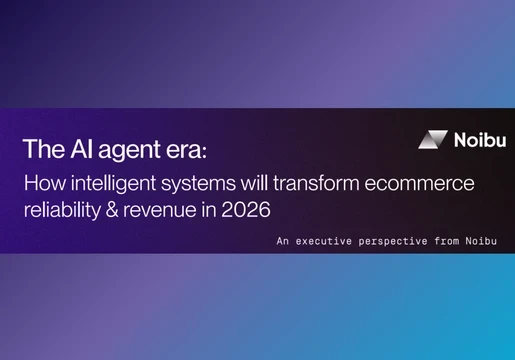IT infrastructure is one of the most important things to get right when building and maintaining a business.

IT infrastructure ensures seamless communication, data storage, and processing, enabling businesses to function efficiently. It includes data centers, internet connectivity, security protocols, and disaster recovery mechanisms, ensuring business continuity and safeguarding critical data.
A robust IT infrastructure is essential for digital transformation, supporting innovation, scalability, and adaptability in the rapidly evolving technological landscape. It enables businesses to stay competitive and meet customer demands effectively.
But what’s happening in the world of infrastructure management right now? And what are some key trends in the space? In today’s Top 10, we’re diving into the Top 10 IT Infrastructure Trends for 2023.







Comments ( 0 )